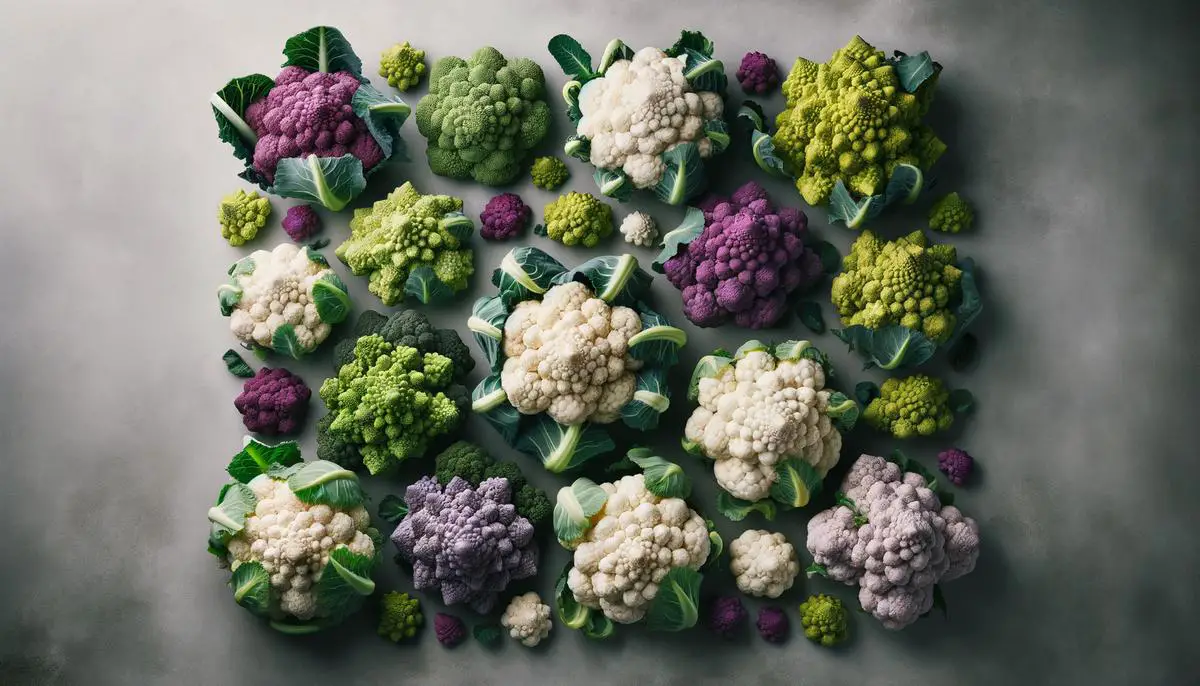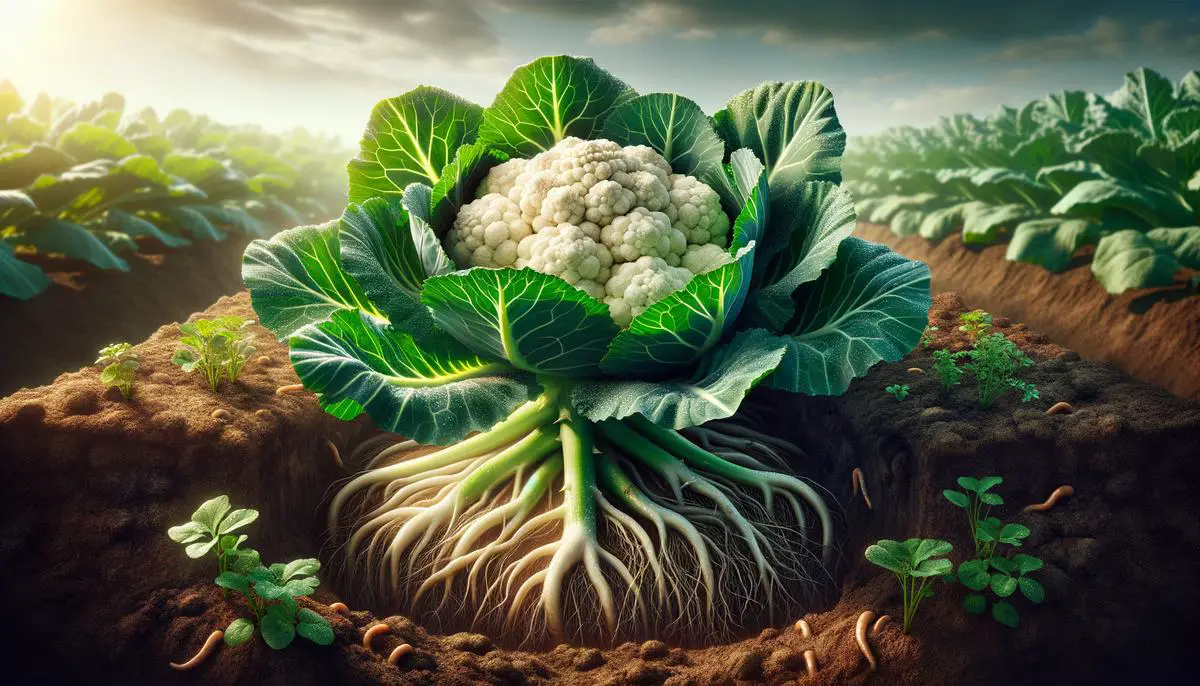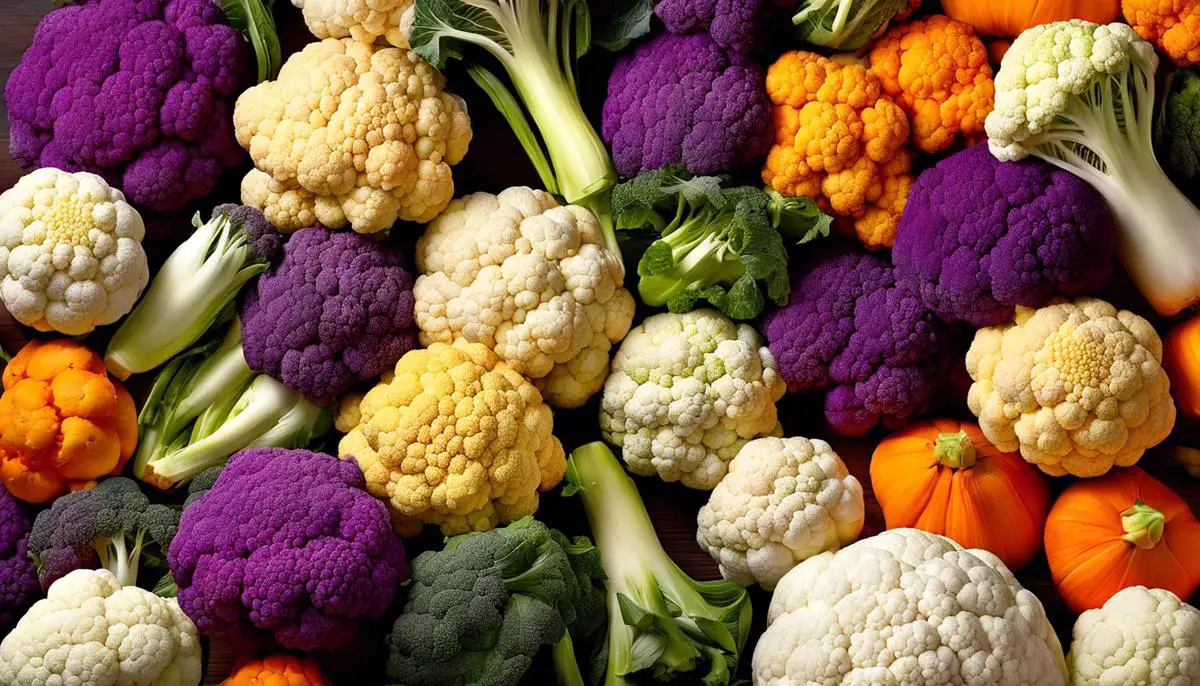When it comes to growing cauliflower, there’s a lot more to think about than just putting seeds in the ground. The decisions you make, from selecting the right variety to how you prepare your garden and protect your plants, play a major role in the success of your harvest. This article will explore the essential steps and considerations needed to grow thriving cauliflowers, touching on aspects like soil quality, watering techniques, and pest management. By paying close attention to these details, you can enhance the growth and health of your cauliflower plants, ensuring a bountiful and nutritious harvest.
Choosing the Right Variety
When selecting cauliflower for your next dish, variety isn’t just a spice of life—it impacts the flavor, texture, and even the cooking time of your meals. Here’s why variety matters more than you might think.
Reader Poll: What online courses would interest you?
First, let’s dive into flavor. Not all cauliflowers taste the same. Some varieties, like the white ones we commonly see, have a mild, slightly nutty flavor that gets sweeter with cooking. On the other hand, colorful variants like purple, green, or orange cauliflower each bring their unique taste to the table. For instance, the orange variety often has a slightly sweeter, creamier taste compared to its white counterpart, making it perfect for raw dishes or light steaming.
Next up, texture. The texture of a cauliflower can range from crumbly to creamy, depending on its type. Heirloom varieties, for example, tend to have a denser, meatier texture that holds up better to different cooking methods, such as roasting or grilling. This means if you’re looking for a hearty dish that can stand as a centerpiece, picking a variety with the right texture is key.
Cooking time is another crucial aspect influenced by variety. Some cauliflowers cook faster than others. Generally, the lighter the cauliflower, the quicker it cooks. This is vital to know since overcooking it can lead to a mushy, unappealing dish, while undercooking might leave it too tough. By understanding the variety you’re working with, you can better manage your cooking times to achieve the perfect tenderness.
Subscribe to our newsletter!
In addition to these primary considerations, color also plays a role in the nutritional value of your cauliflower. For instance, purple cauliflower is rich in anthocyanins, the same antioxidants found in red wine, which can be a boon for heart health. Orange varieties boast a high level of beta-carotene, making them great for eye health. So, your choice can boost the nutritional profile of your meals.
Choosing the right cauliflower variety goes beyond just picking the whitest one in the bunch. It’s about matching the variety to your dish’s flavor profile, cooking method, and even nutritional needs. Next time you’re at the market, take a moment to consider the different types available. A little variety in your cauliflower choice can transform a good dish into a great one, elevating your cooking to the next level.

Soil Preparation and Fertilization
Preparing the soil for optimum cauliflower growth isn’t as daunting as it sounds, yet it’s critical for those vibrant, nutritious heads you’re aiming for. This guide slices through the complexity, laying down a clear path to ensure your cauliflower thrives, be it the classic white or the more exotic purple variety.
First off, cauliflowers are like the aristocrats of the vegetable garden; they demand rich, well-drained soil. Start your garden bed on the right foot by incorporating a generous amount of compost or well-rotted manure into the soil. This is not just about fertilizing; it’s about creating a luxurious bed where your cauliflower can comfortably expand its roots. Aim for a soil depth of at least 12 inches to accommodate this growth.
Next, pH levels can make or break your cauliflower’s success. These vegetables prefer their soil slightly on the alkaline side, with a pH between 6.5 and 7.5. If you’re not sure where your soil stands, a simple test kit from your local garden center can tell you. Adjusting soil pH might sound high-maintenance, but it’s as simple as adding lime to increase alkalinity or sulfur to lower it. This step is crucial, as the right pH ensures your cauliflower can absorb nutrients effectively.
Now, let’s talk about the buffet setup. No, not for you, but for your cauliflower. A balanced, slow-release fertilizer is your best bet. Look for one with equal parts nitrogen, phosphorus, and potassium (N-P-K). Apply it at planting time to give your seedlings a robust start. Then, a mid-season top-up can help maintain their growth momentum. Remember, steady growth is key to preventing those heads from splitting or becoming too dense.
Watering wisdom comes next. Cauliflower, with its expansive leaf canopy, is a bit of a diva when it comes to moisture. It demands consistent watering, aiming for at least 1 to 1.5 inches per week. The goal is to keep the soil moist but not waterlogged. Overhead irrigation can lead to leaf wetness and disease, so drip irrigation or a soaker hose is your ally here, targeting the roots directly and keeping the foliage dry.
Finally, the secret weapon: mulch. A layer of organic mulch around your plants does wonders. It keeps the soil temperature stable, locks in moisture, and fights off weeds that would otherwise compete for nutrients. Plus, it gradually breaks down, further enriching your soil.
In essence, preparing your soil for cauliflower isn’t just about digging a hole and hoping for the best. It’s about creating a nurturing environment that caters to their specific needs. Rich, well-drained soil, the right pH, balanced nutrients, consistent moisture, and protective mulch form the backbone of successful cauliflower cultivation. With these steps, you’re not just growing cauliflower; you’re cultivating a garden treasure.

Watering and Pest Management
Plunging into the depths of cauliflower cultivation, we focus on the pivotal practices of watering and fortifying these cruciferous soldiers against the menagerie of pests eager to lay siege.
Watering is not merely dumping H2O onto the earth; it’s an art, especially when it comes to cauliflowers. Begin by setting a regimen—early morning escapades are perfect. Why? It reduces evaporation, ensuring water seeps deeply, quenching the roots and deterring those pesky fungal diseases that thrive in moisture-laden environments. Aim for an inch of water per week; however, during the high noon of summer, your cauliflower might plead for more. Listen closely. If the leaves drape in a wilted serenade by midday, it’s a cry for hydration. To avoid the guesswork, a soil moisture meter isn’t a bad companion.
But water can’t work miracles by itself. It needs conduits—paths that guide it to where it’s needed most. Enter ‘mulching’. A 2 to 3-inch layer of organic mulch around your plants can be a game changer. It conserves moisture, meaning your watering efforts go the extra mile, and it keeps the soil temperature on an even keel, providing a comfy bed for your cauliflowers to thrive in.
Now, onto the battlefield—protecting your cauliflowers from pests. It’s akin to safeguarding a fortress. First up, rotation, rotation, rotation. Don’t plant your cauliflower (or any brassica, for that matter) in the same spot year after year. This simple strategy sidesteps the buildup of soil-borne pests and diseases.
Companion planting is not just folklore; it’s a strategic alliance. Marigolds aren’t merely a splash of color; they’re a shield warding off nematodes. Thyme, on the other hand, repels cabbage worms, who’d rather feast on your cauliflowers than admire their beauty. Intersperse these plants among your cauliflowers for an aromatic barrier.
In the world of pests, the motto seems to be ‘eat or be eaten’. Thus, introducing beneficial predators is akin to hiring knights for your garden. Ladybugs and lacewings are not just pretty faces; they voraciously consume aphids, a common pest in cauliflower realms.
But sometimes, the pest pressure overwhelms, bringing us to organic pesticides. Bacillus thuringiensis (Bt), a bacteria that’s the bane of caterpillars, can be your silent, selective assassin. Used judiciously, it’s a powerful ally. Neem oil, with its bitter taste, also serves as both a deterrent and a pest annihilator, albeit with a gentle touch on beneficial bugs.
There’s a blend of science and art to keeping your cauliflowers hydrated and armored against pests. It requires a keen eye, a patient hand, and a willingness to embrace the ecosystem in your garden. Mastery of these practices will not only yield a bountiful harvest but will also transform your garden into a sanctuary, a testament to the harmony between man, plant, and nature.

Growing cauliflower successfully is a deeply rewarding experience that combines knowledge, care, and a bit of garden magic. By choosing the right variety for your climate and taste preferences, preparing the soil with the nutrients cauliflowers crave, consistently applying the right amount of water, and defending your plants against pests, you set the stage for a prosperous garden. Each step you take brings you closer to a harvest that’s not only plentiful but also deeply satisfying to share and enjoy. With dedication and attentiveness, your garden will become a testament to the harmonious bond between nature and the nurturing hand of a gardener.

